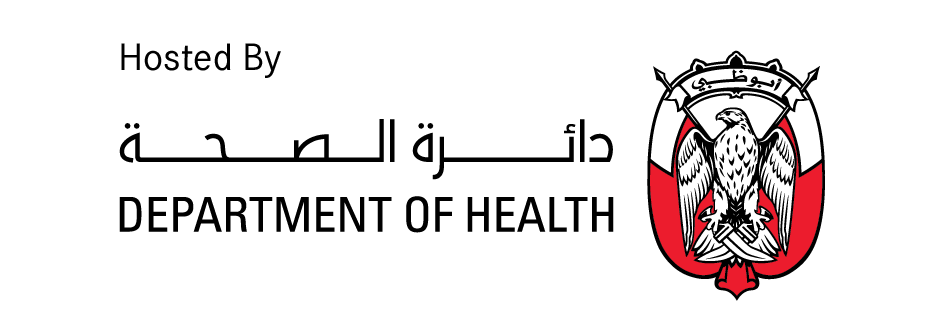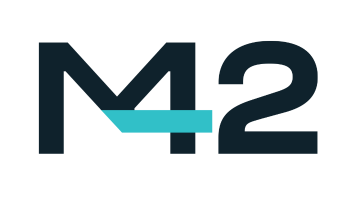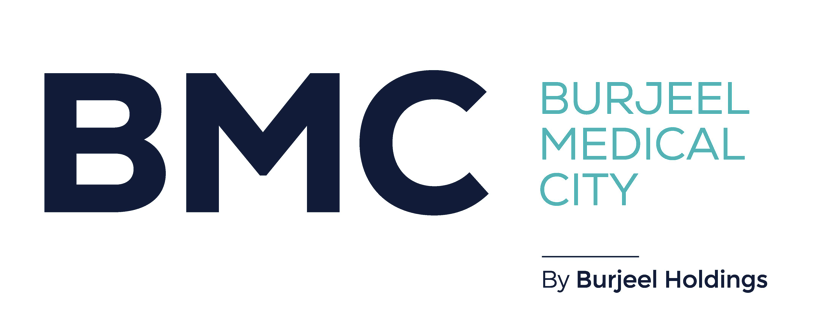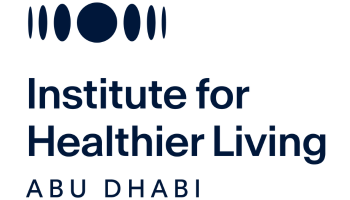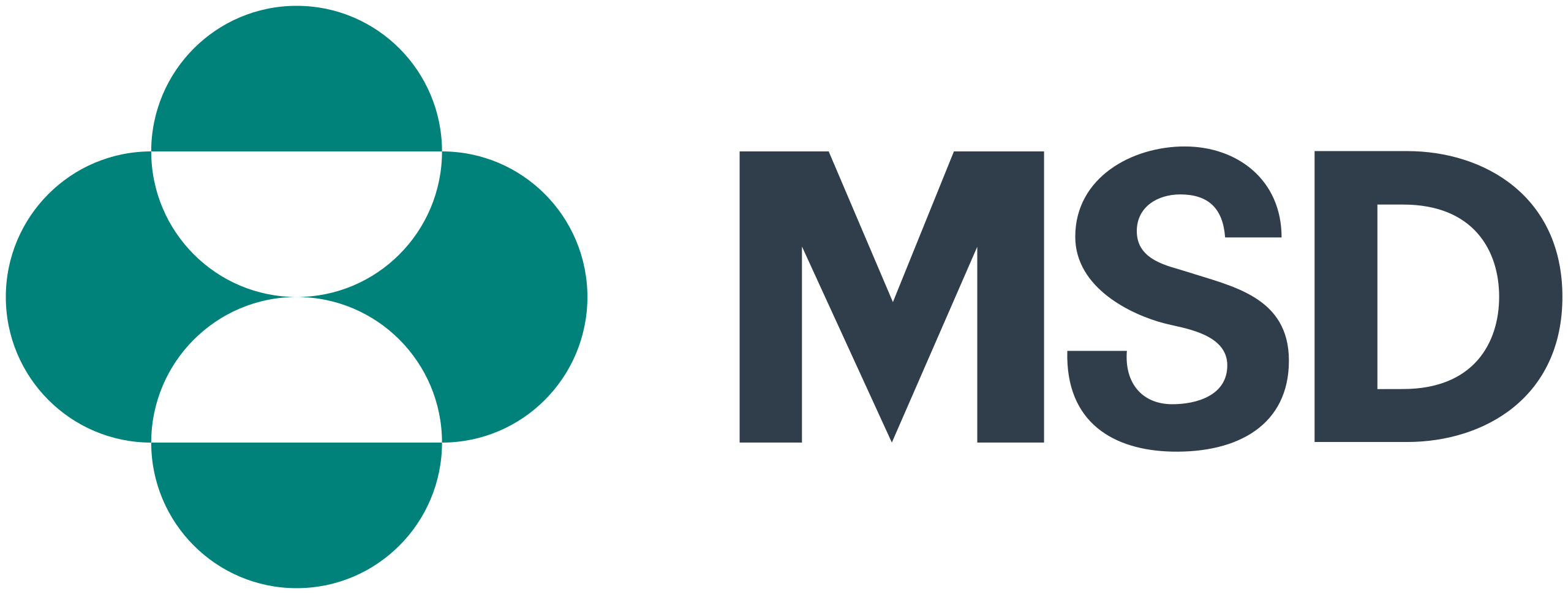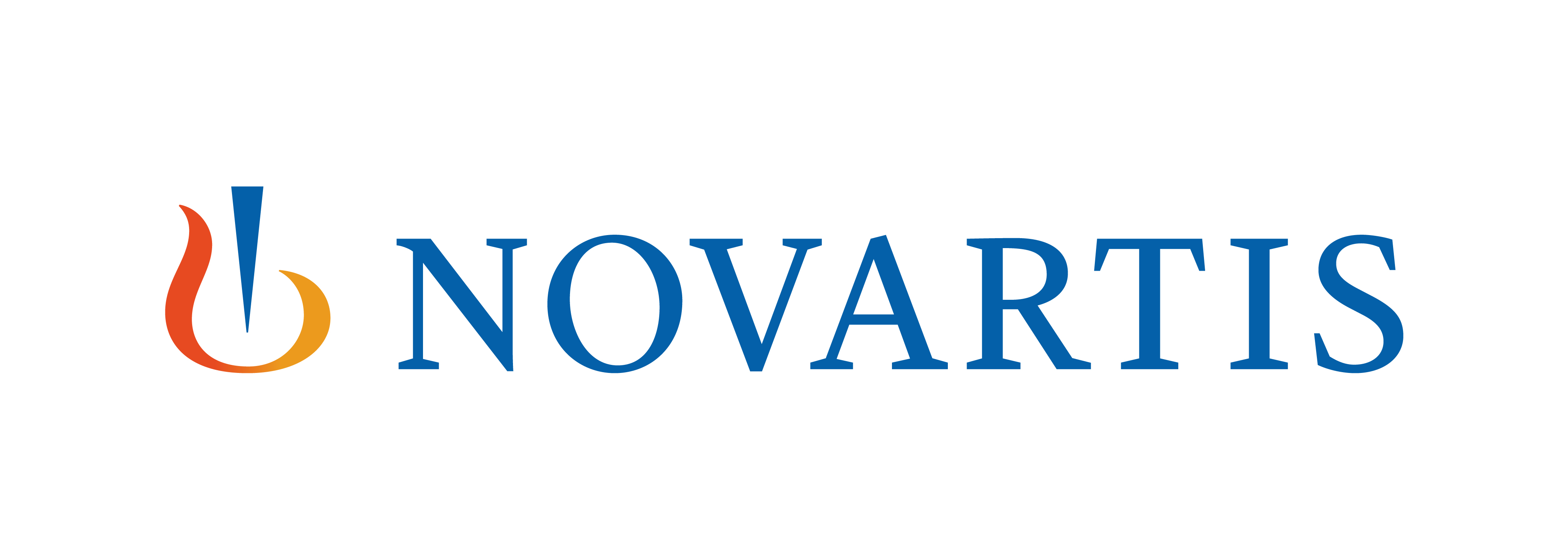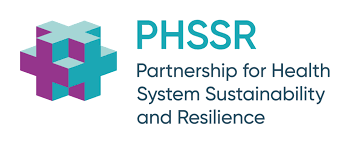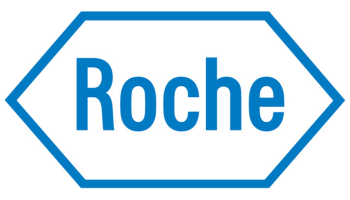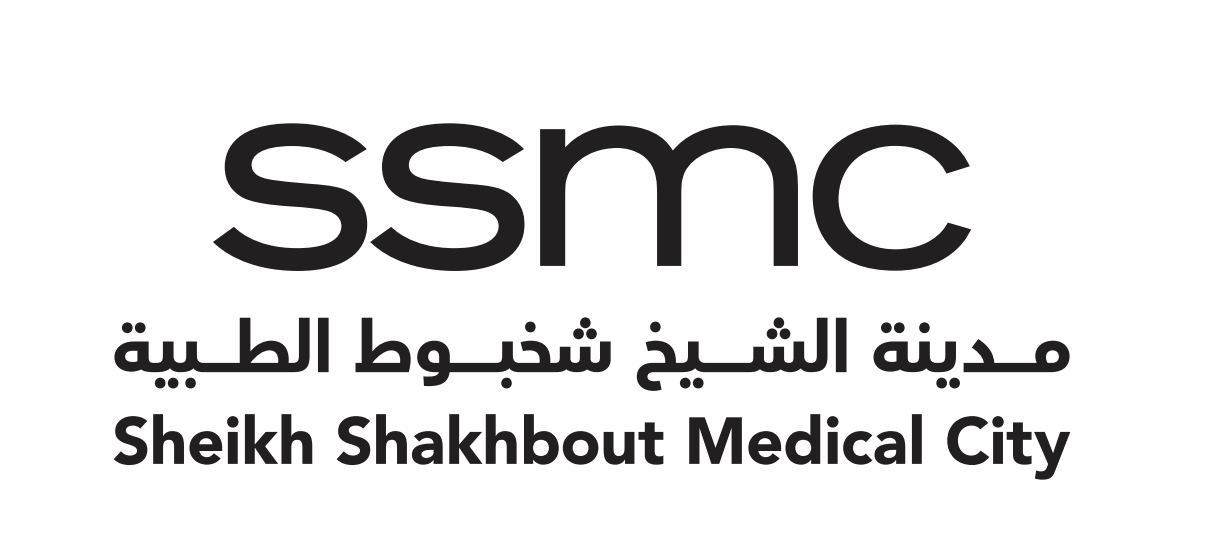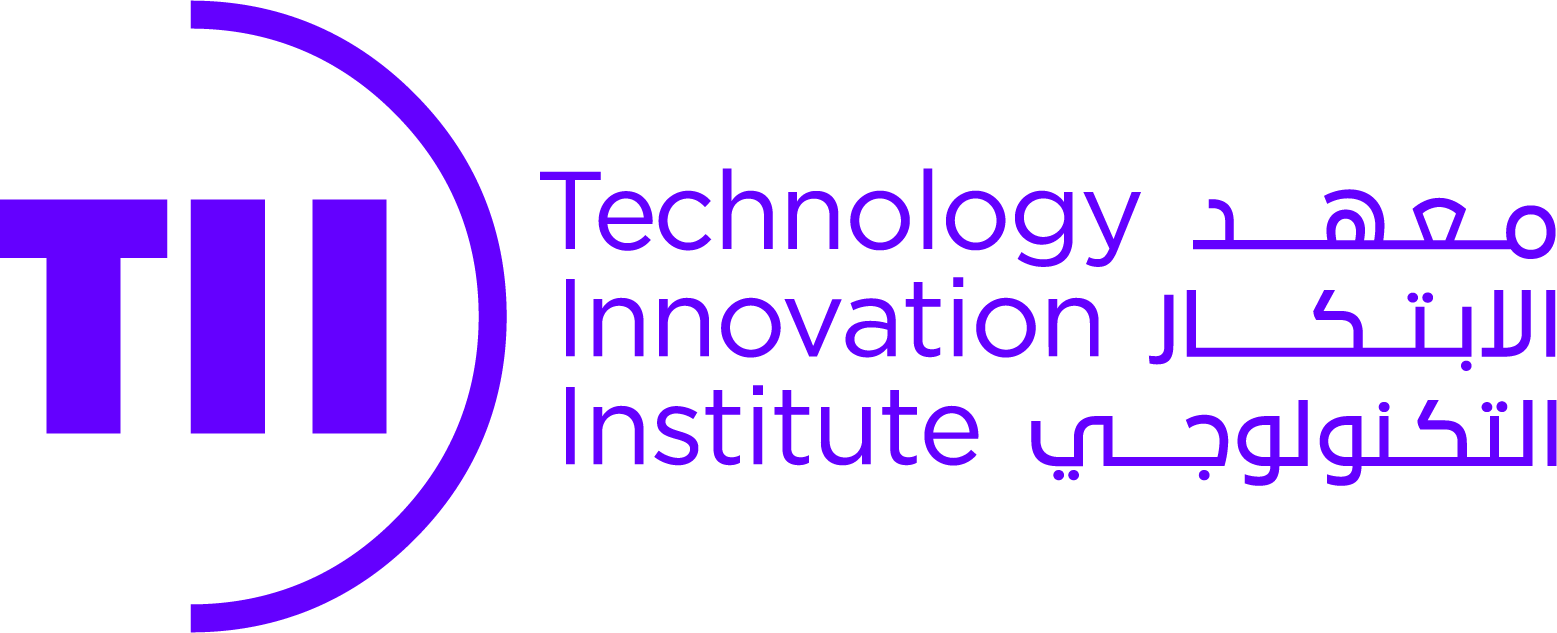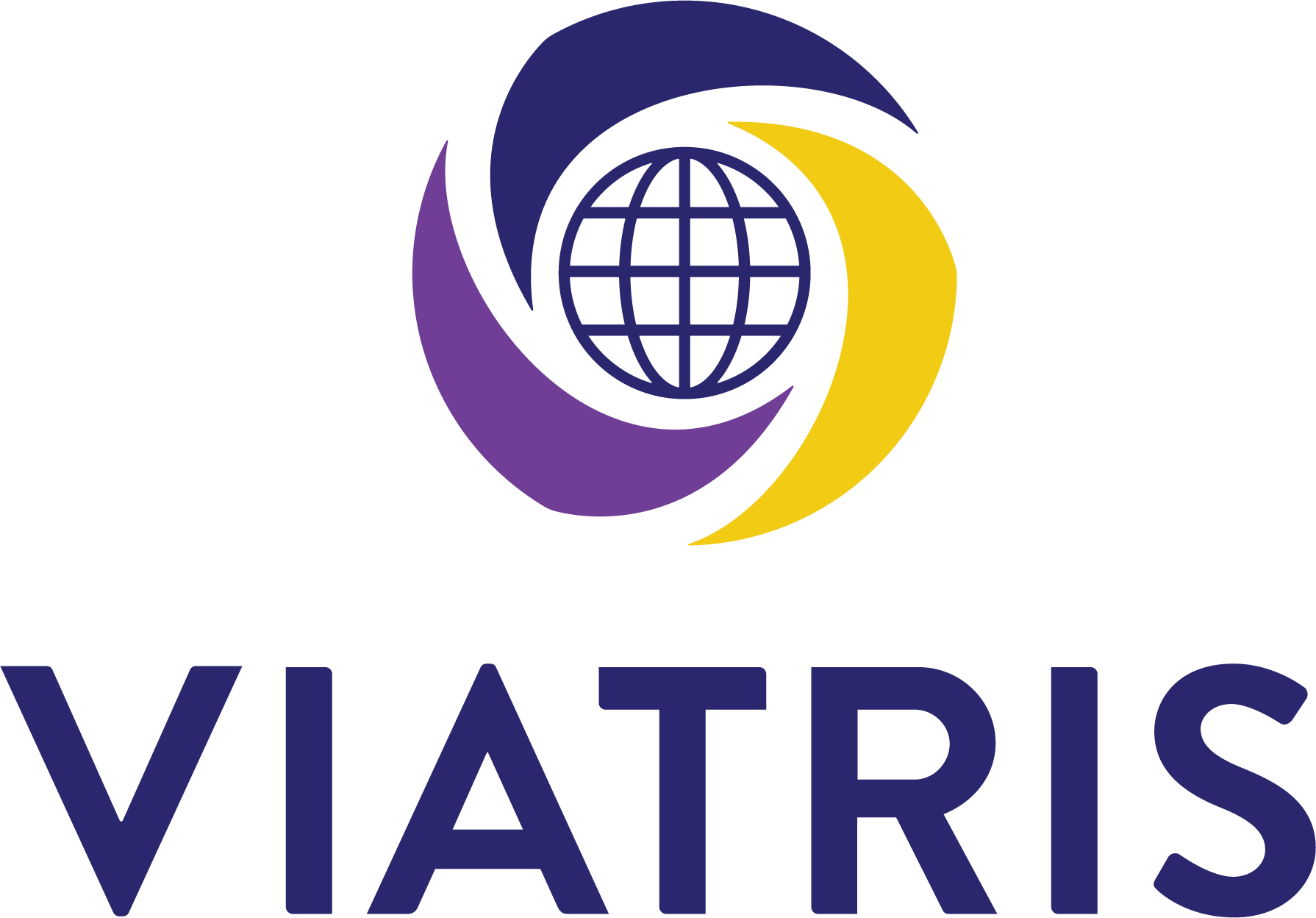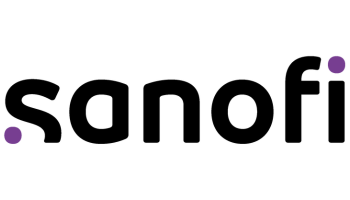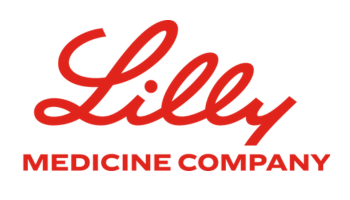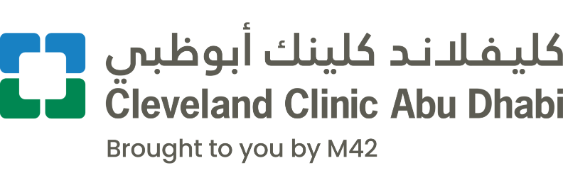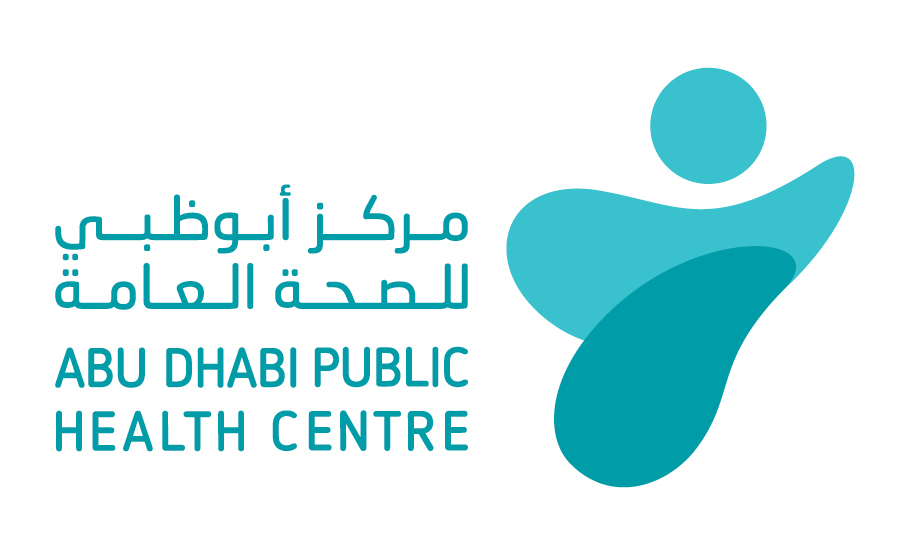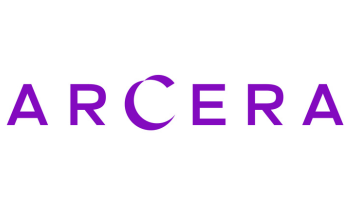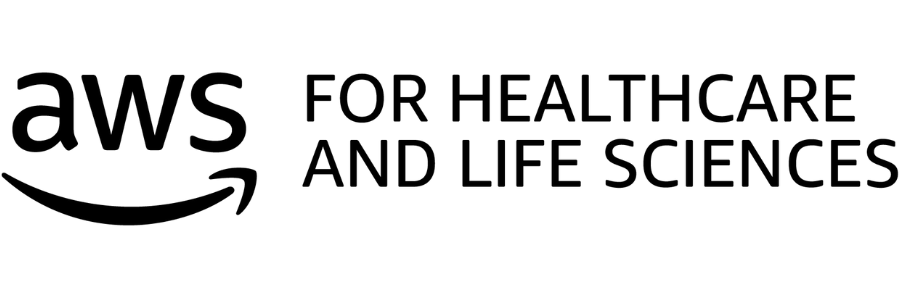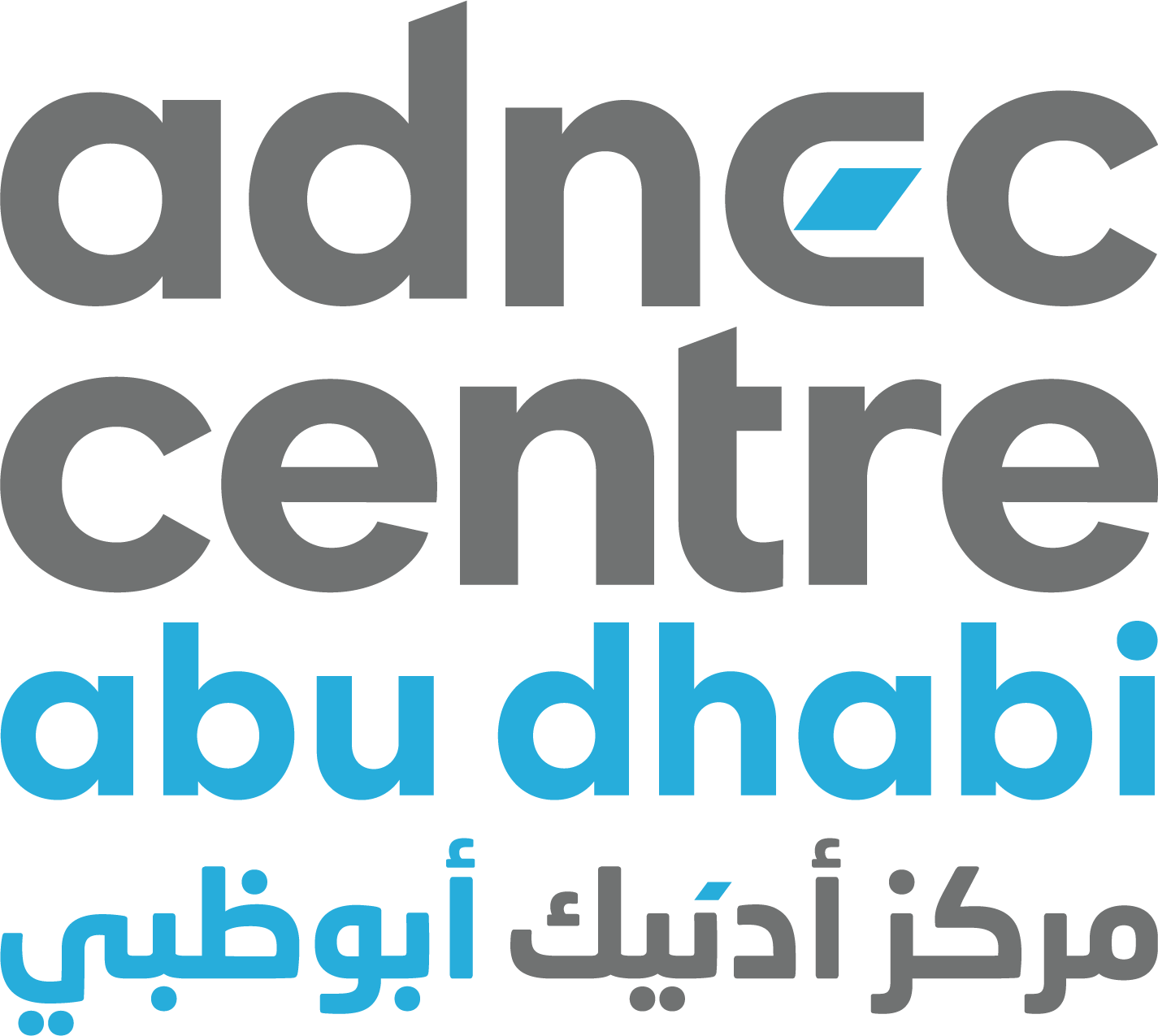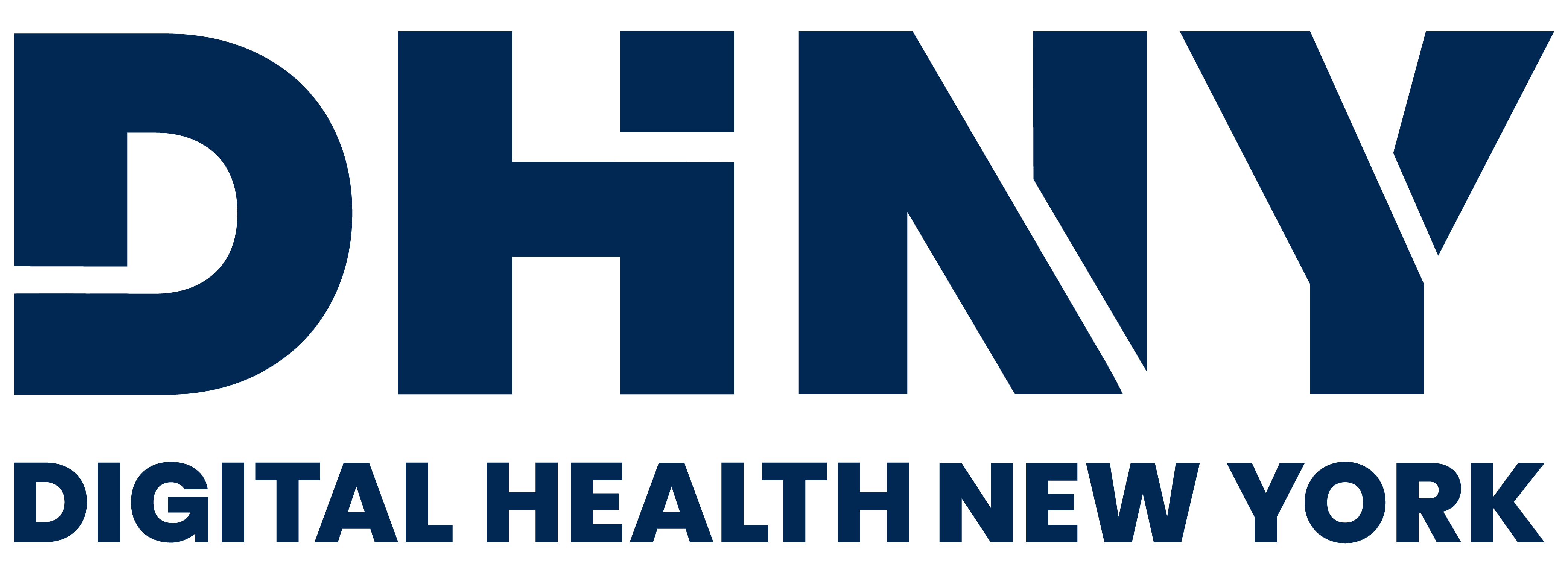تحت رعاية سموّ الشيخ خالد بن محمد بن زايد آل نهيان، ولي عهد أبوظبي رئيس المجلس التنفيذي لإمارة أبوظبي
Under the Patronage of His Highness Sheikh Khaled bin Mohamed bin Zayed Al Nahyan, Crown Prince of Abu Dhabi and Chairman of Abu Dhabi Executive Council
ACCELERATING THE FUTURE OF GLOBAL HEALTHCARE
AN ABU DHABI STRATEGIC INITIATIVE
The End of ‘Life’ As You Know It
Society’s outdated ideas about what it means to be alive are obstructing progress on some of today’s most pressing issues.

IN 1947, CLAUDE Beck used the defibrillator to undo what was once deemed irreversible: the cessation of the human heart. Only a few years later, the first mass-produced mechanical ventilator began supporting inert bodies through heavy steel lungs. For the first time, the heart and the breath, those ancient signs of life, could be outsourced to mechanical devices—and seemingly overnight, the boundary between life and death shifted under our feet.
Today’s debates on standards of brain versus bodily death continue the dialog inaugurated by these apparatuses, but the conversation’s scope has grown as technical innovations create new limit cases to challenge our intuitions on life. As scientists sustained embryos in artificial wombs for increasing periods of time, stem cell research was forced to confront the ambiguity of when a human life, with its corollary rights, begins. More recently, digital tech—like artificial intelligence or its more experimental corollary, artificial life—has raised further questions as to whether inorganic beings might count among the court of the living.
At their core, these arguments express the fundamental difficulty of formulating any comprehensive definition of life. As Carol Cleland writes in The Quest for a Universal Theory of Life, “despite strenuous efforts over the past couple of hundred years, biologists have yet to come up with an empirically fruitful, truly general theory of familiar Earth life.” No matter which way we’ve tried to turn, we’ve encountered ruptures and revisions and counterexamples that obstruct our progress toward a universal definition. Despite this, we’ve continued to talk about “life” as if it were a discrete, agreed-on concept—a fixed point that we can mutually reference, even build our ethics and politics around. But the term’s vagueness has meant that most of the time, we’re talking past each other.
Some think that the solution is to keep drilling until we finally identify some bedrock definition that will satisfy everyone. There is, however, another way out of this labyrinth: We can abandon “life” as a universal, natural classification altogether. By ridding ourselves of life’s metaphysical baggage and the search for its “first principles,” we can circumvent these contradictions and open ourselves up to a broader array of possibilities.
IN THE WEST, we can trace most of our modern ideas of “life” back to Aristotle, the so-called father of biology. His De Anima constitutes the earliest attempts to realize a general principle of life, and the basic approach that he establishes still orients our theories today. Critically, it is also the source of many of the structural obstacles and paradoxes we face.
Consider the anthropocentrism that runs through Aristotle, inherited by those that followed. Whether it’s the soul, complexity, consciousness, or neuronal activity—whatever relevant criterion we’ve established as the central feature of life, humans have always seemed to have the most of it. This has unsurprisingly been leveraged to justify our dominion over the rest of the world, and has led us to sorely undervalue and underestimate the diversity of beings we coexist with.
Source: wired.com

